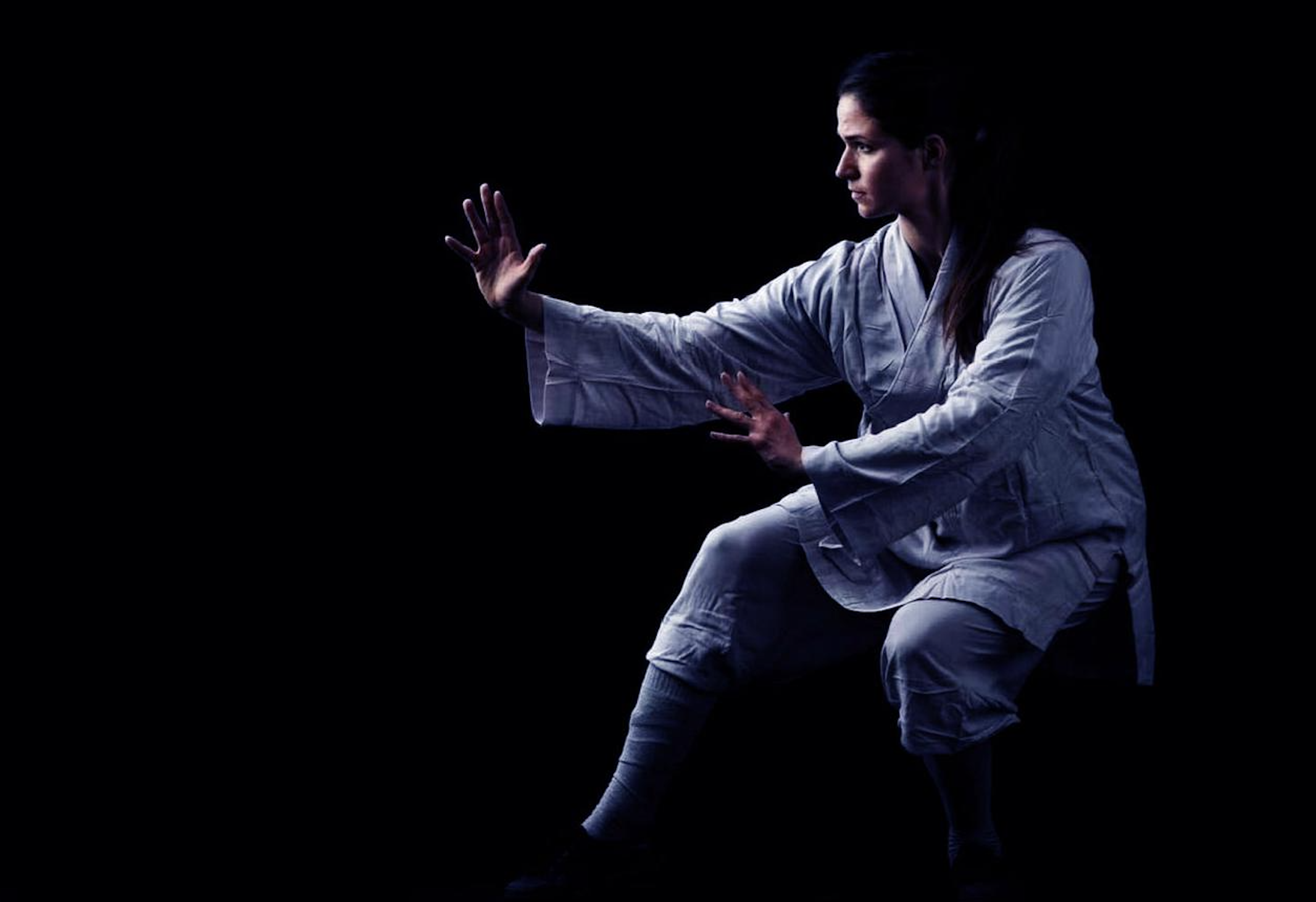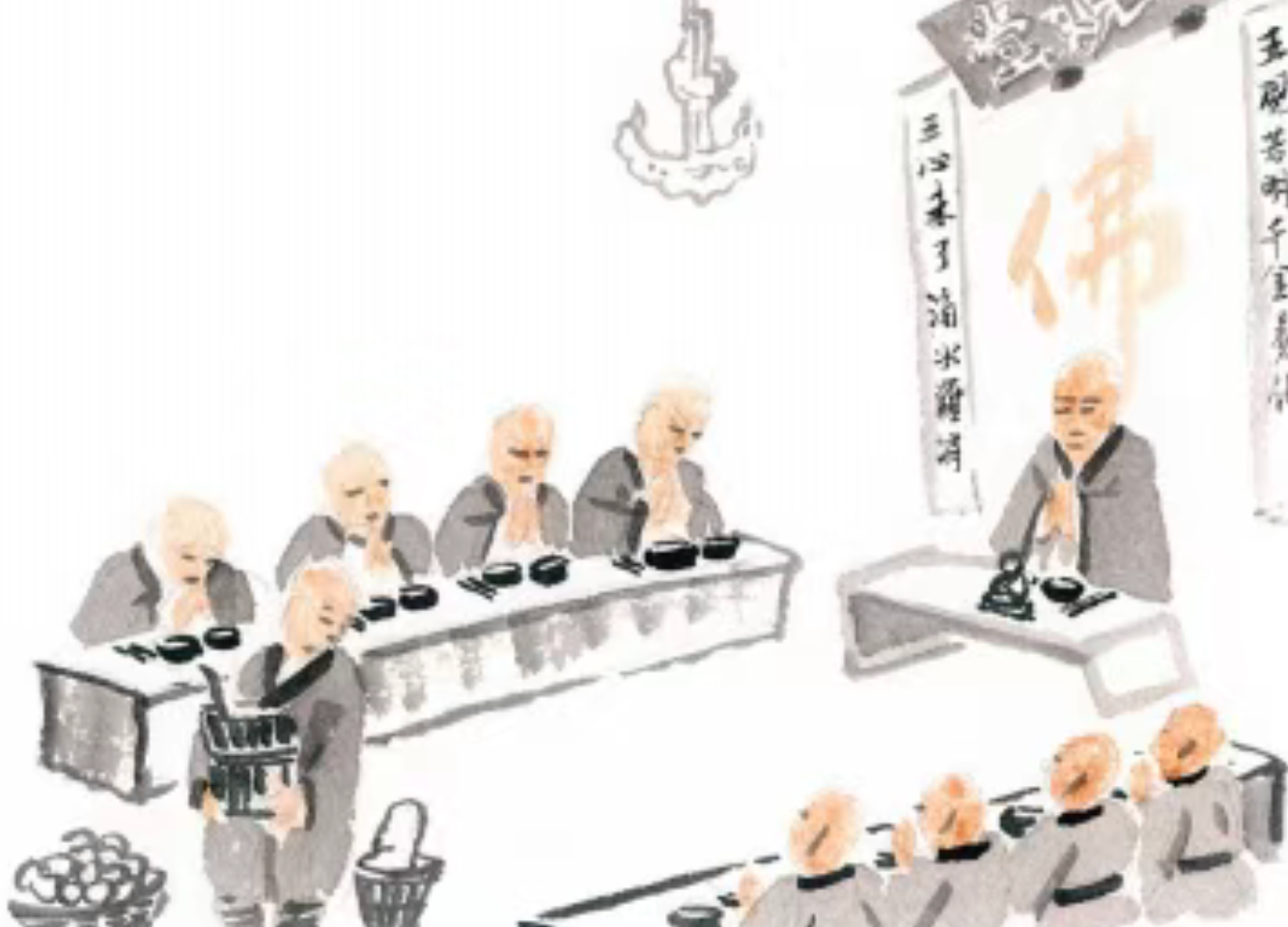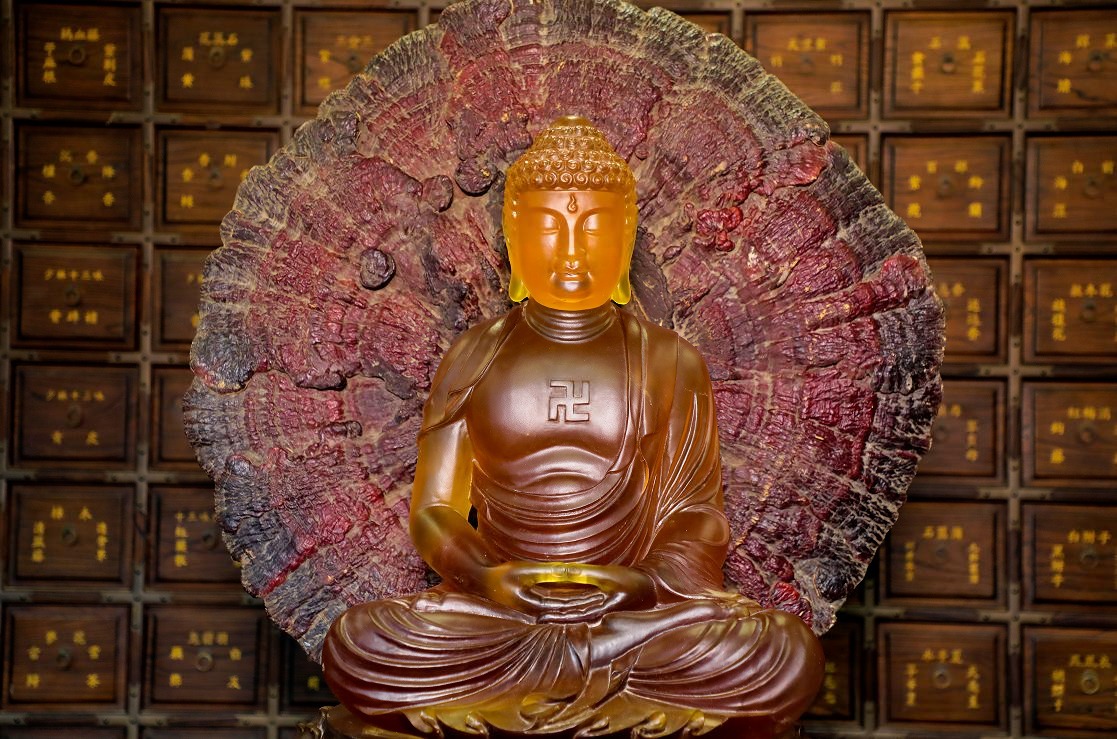The Global Dissemination and Influence of Shaolin Kung Fu
Tracing the evolution of Shaolin Temple from an isolated monastic retreat to an international cultural symbol—through initiatives like overseas branches and Kung Fu cinema.
An analysis of how Shaolin Kung Fu adapts to diverse cultural contexts, particularly examining Western martial artists’ interpretations of Shaolin philosophy.
From Monastery to Global Phenomenon
1. Historical Roots and Early Isolation
- Origins: Founded in 495 CE, Shaolin Temple was initially a secluded sanctuary for Chan (Zen) Buddhist practice.
- Martial Integration: By the Tang Dynasty (618–907 CE), monks developed Kung Fu for self-defense and spiritual discipline, as recorded in the Shaolin Stele Inscriptions.
2. The Cinematic Breakthrough
- 1970s–1980s: Films like The 36th Chamber of Shaolin (1978) and Jet Li’s Shaolin Temple (1982) ignited global fascination.
- Impact: Depictions of monastic rigor and Zen combat ethics (“stop fighting to win”) resonated worldwide.
- [Note: The “training montage” trope in Hollywood (e.g., The Karate Kid) borrows from Shaolin’s “10,000 kicks begin with one step” ethos.]
3. Institutional Globalization
- Overseas Branches:
- Shaolin Europe Association (est. 2001) hosts Duanpin exams in Paris.
- Shaolin Cultural Centers in New York and Berlin teach Chan Wu as mindfulness practice.
- Digital Outreach:
- Livestreamed World Shaolin Games Finals attract 50M+ viewers annually.
Cultural Adaptation: East Meets West
1. Western Interpretations
- ”Spiritualized Martial Arts”:
- European practitioners often emphasize meditative forms (e.g., Xingyi Quan) over combat, aligning with New Age spirituality.
- Misconceptions: “Shaolin” is sometimes conflated with generic “Kung Fu,” diluting its Buddhist roots.
- Academic Interest:
- Universities like Oxford offer courses on Shaolin’s influence on Bruce Lee’s Jeet Kune Do.
2. Hybrid Practices
- Shaolin-Taekwondo Fusion: Seoul dojos blend 72 Unique Skills with Korean kicking techniques.
- Yoga Syncretism:
- Studios in California market ”Shaolin Yoga”, merging Yijin Jing stretches with Vinyasa flows.
3. Commercialization vs. Authenticity
- Critiques:
- Purists argue that Shaolin North America Association’s franchised academies risk reducing Dharma to a commodity.
- Counterpoints:
- As the Lankavatara Sutra states: “All teachings are fingers pointing to the moon.” Even adapted forms may guide seekers toward Zen.
Case Studies in Localization
| Region | Adaptation | Cultural Lens |
|---|---|---|
| Africa | Shaolin Africa Association incorporates djembe drumming into forms. | Martial arts as communal storytelling. |
| Latin America | Capoeira masters study staff techniques (Gun Shu). | Resistance art merging Afro-Brazilian and Shaolin roots. |
| Middle East | Dubai’s Shaolin Desert Retreat adapts training to arid climates. | Sufi parallels: “The whirling dervish and the meditating monk.” |
The Future: Tradition in Flux
- Virtual Reality (VR) Temple Tours: Pilgrims worldwide “enter” the Compound Yard via Meta Quest.
- AI Koans: Chatbots trained on Blue Cliff Record parables engage users in Zen dialogue.
Yet, as the Platform Sutra warns:
“If you seek the Dharma outside forms,
You are like a man who avoids water yet thirsts.”
Conclusion:
Shaolin’s globalization is neither dilution nor triumph—but a mandala of endless transformation. Whether through a Belgian teen’s Kung Fu Star audition or a Tokyo animator’s Chan-themed manga, the essence persists: Wu means stop; Chan means see.
Amitabha.



